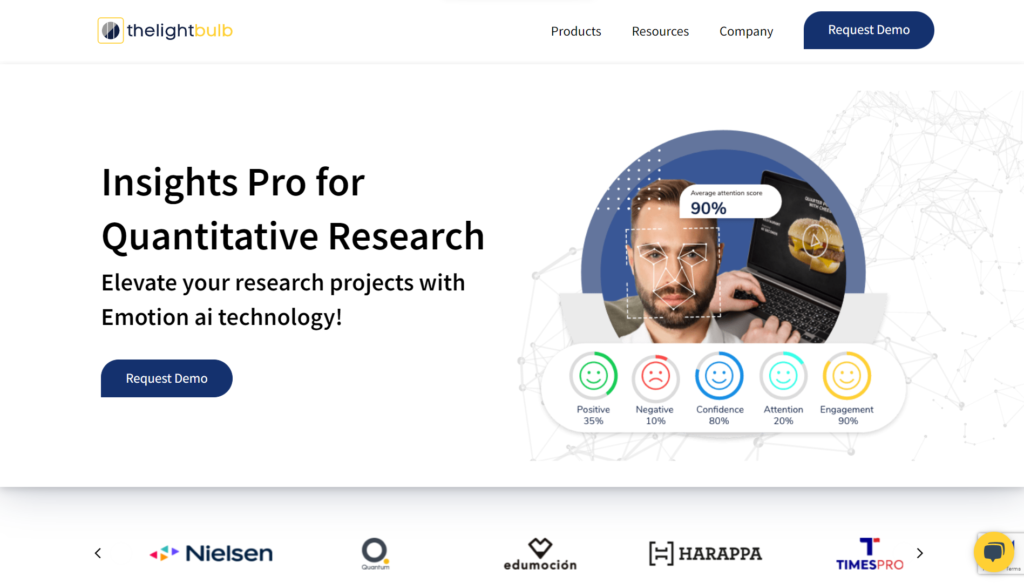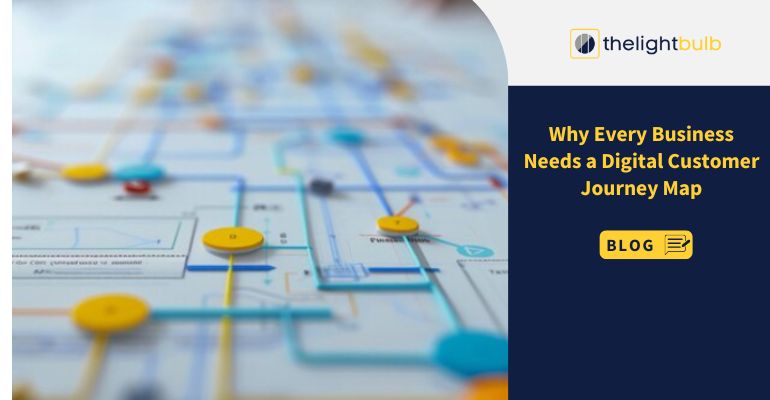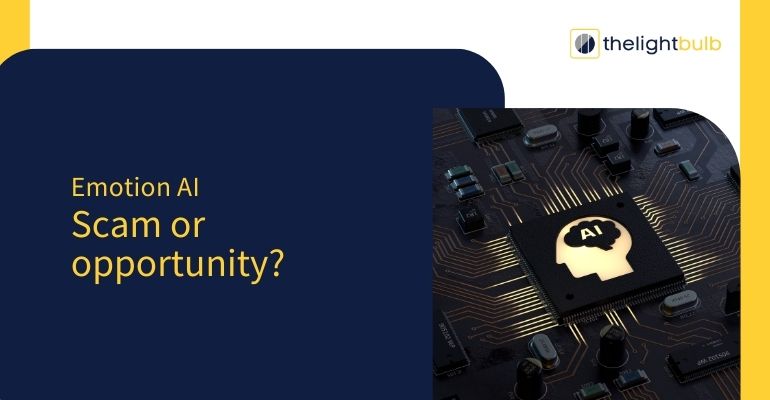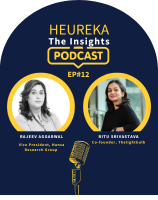
Have you watched Shark Tank before?
Well if you have, you may have seen the sharks questioning the pitchers about the market size and the answer provided as a specific number. It is remarkable how one can forecast that there would be millions of customers in size within a market with such a diversity in terms of income level and cultural preferences. To understand how the Process uses this method, it is necessary to briefly explain it, although it is perhaps the least mysterious of the Process’s tools, and in fact sounds quite magical, but actually is not. It is done through asking market sizing questions even when the business has not started producing initial products.

It is significant to note that market sizing questions are widely used by quantitative research specialists, and today, our vision is to reveal characteristics of these questions, their value, and potential development with the assistance of emotion AI.
So let’s get started!
What are Market Sizing Questions?

The term ‘market sizing questions’ seems fairly simple and when one hears that term, one does not necessarily think of two different concepts, but that is far from the truth. In a business consulting setting, these are some of the questions a candidate will be posed while being interviewed. These can also be referred to as guesstimates and these questions are posed to an applicant in an interview setting in order for the interviewer to determine the applicant’s proficiency in analytical thinking and in elementary calculations.
An example of a market sizing question from a consulting circle would be: An example of a market sizing question from a consulting circle would be:
For instance, the number of smart phones that are sold per each particular hour in Europe can be asked.
In as much as this is not what we are covering today, I want to clarify certain issues. This will bring us closer to answering quantitative market sizing questions, which is the goal of today’s discussion.
The only difference here is in the purpose for asking the sizing question, one for the consulting side and the other for the research side.
A frequency probe in the research domain is usually posed with an aim of estimating the size of a market that a firm is interested in. It means posing certain queries concerning customer demographics on a wide range of and defining the income portions, tendencies to spend and preferences in certain area to predict the consumption intensity.
It has immense importance in the commercial world as business entities require this information to know whether people have any interest in a certain product before they go out of their way to produce it. As earlier stated, manufacturing is the most complex function among all business processes and before firms venture into it, they require a certain level of assurance that the green button is indeed the right button to press.
They are usually provided through surveys, as this method is the most effective for targeting the maximum of a specific demographic.
Why do we need Market Sizing Questions?

Using market sizing questions to calculate a market’s size holds significant importance for businesses, and for good reasons.
To begin with, it offers businesses a clear grasp of their growth potential. When a business operates in an existing market and witnesses sales stagnation or decline, market size analysis can elucidate these trends. This insight is pivotal for making informed decisions on whether to continue investing in the current market or reallocating resources toward more promising opportunities.
For businesses eyeing new market entries, understanding the market size is a strategic necessity. A small market with limited potential can lead to lacklustre product launches, resulting in a waste of time and financial resources. To ensure a successful market entry, companies must gauge the potential customer base since it significantly influences pricing, distribution, and marketing strategies.
Market size calculations also form the bedrock for developing robust marketing and business strategies. By identifying the size and characteristics of the target market, businesses can craft data-driven strategies that are more likely to yield success.
An accurate understanding of the company’s growth potential allows for more precise financial planning, reducing the risk of financial strain or overspending on hiring. This, in turn, results in more efficient resource allocation.
It also helps businesses secure investments. Businesses that can demonstrate a sizable and promising market, often attract investors or secure funding for new products, services, or business ventures. This financial backing can significantly facilitate the process of launching new projects.
Moreover, market size data allows businesses to measure a market’s potential, evaluating their competitive standing, positioning themselves strategically for marketing opportunities, and ensuring impartiality in decision-making. It also enhances precision in pricing, marketing, supplier relationships, and distribution strategies, ultimately contributing to the success of a business.
The Role of Emotion AI in Research
Research has always been about extracting usable insights from an existing data source. In business circles, customers are the most optimal data source, as they are the ones making purchase decisions and dictating consumption trends.
The quantitative side of market research has always been confined to surveys, interviews, focus groups, polls, and web statistics, but there’s a huge downside to using these traditional avenues for market research.
Humans are hardwired to feel emotions and these emotions dictate how they perceive things and how they act on them. While the traditional approach lays intense focus on delivering key concerns to consumers and collecting insights from them, they lack the ability to dive into the emotional insights of the consumer that actually drives purchase decisions.
Look at it this way, how can a researcher tell whether someone has lied on a survey. And this happens more frequently than you would think because researchers incentivise surveys and other research avenues to maximise participation, and survey participants give false replies half the time. This has a huge impact on the efficiency of the survey.
This is what emotion AI solves in the context of market research.
What is Emotion AI?
Emotion AI is a subset of AI that uses advanced analytical tools like eye tracking, speech transcription, and facial coding to uncover emotional insights from data. It uses attention heatmaps and facial expressions to categorise instances into emotions like anger, disgust, happiness, fear, and excitement. It also uses voice intonations to identify the subtleties of speech and combines it with data from other avenues to offer a richer and more diverse dataset.
These insights have little utility on their own, but when combined with insights from traditional avenues, like surveys, polls or focus groups, they help researchers identify dishonest responses and remove them from the dataset to increase the richness of the insights.
This has a huge impact on business processes because stakeholders use these insights to make key decisions about their future and craft new expansion or re-entry strategies.
Using emotion AI in market research has several advantages as the data from emotion AI is:
- More Accurate: As already mentioned above, emotion ai combines verbal and non-verbal insights to generate more accurate insights. Emotion AI insights are accurate more than 90% of the time. Metrics like emotions, attention, engagement, and awareness are easily incorporated into insights using emotion-AI.
- No Bias: Moderator bias, respondent bias, group bias, information bias, dominance bias, or any other individual biases are removed from insights when emotion ai is used. Unbiased insights are healthiest and more productive than biassed insights, it promotes a more pluralistic design change.
- Infinite Scalability: Emotion AI is not restricted by datasets. Modern-day computers are capable of processing trillions of bytes of data per second which makes them a powerful data processing tool, and as you feed more and more data into the emotion ai system, the reported insights become more accurate.
- Clean and Actionable: Emotion AI-driven insights are super sleek and actionable. They highlight the exact portions of an article, video, visual, or digital product that needs change. A visual heat map coupled with emotional insights can easily reveal the pain points of a consumer.
We have a detailed article on emotion AI where we have discussed at length why emotion AI is a new frontier in market research. It is a must-read if you want more clarity on the inherent benefits of using emotion AI for market research.
Benefits of Using Emotion AI in Market Sizing Questions?
Market sizing is an indispensable component of qualitative research and hence could benefit from emotion AI immensely. Since emotion AI platforms like Insights Pro are so versatile and can pair up with almost any tool to extract emotional insights from data. Even if you don’t have dedicated tools for data analysis and want to extract insights from discrete instances, the tool lets you do that seamlessly.
You can simply go to the Insights Pro dashboard and upload recordings of the interactions directly to the tool. The algorithm will then break down the interaction into individual frames, extracting emotional insights from every frame.

These insights are later combined to offer users a more holistic view of the interaction. The tool boasts advanced features like selective tracking and emotional heatmap for enhanced utility. You can sign-up for a free demo of the product here to know more!
Circling back to the point at hand, emotion AI really does enhance the efficacy of market sizing questions facilitating:
- Unbiased Insights: Emotion AI being an AI model lacks biases and personal inclinations of its own and can quickly intercept individual biases in a participants response, factoring it in in the final results.
- Accurate Predictions: As discussed earlier, emotion AI eliminates dishonest responses from final insights and allows prediction models to make more accurate predictions.
- Quicker Access to Insights: Emotion AI platforms like Insights Pro have a dedicated dashboard for instantaneous access to insights.
Conclusion
With Emotion AI as the guiding star, the future of market sizing looks brighter than ever. This innovative technology enhances our grasp of markets, providing impartial, precise insights rooted in human emotions. Moving ahead, we’ll delve into not just data but also unravel the emotional fabric of consumer behaviour. This promises more profound, influential, and forward-looking market strategies.









